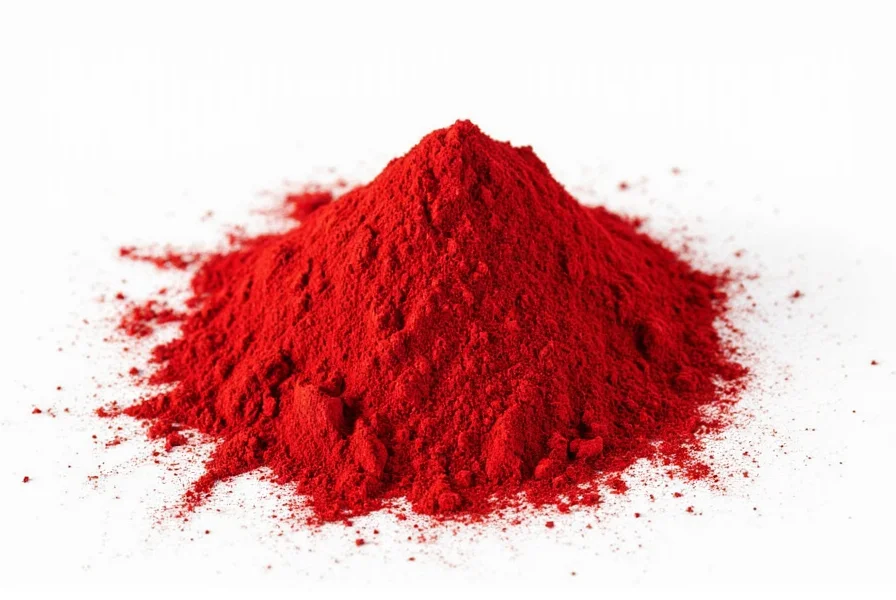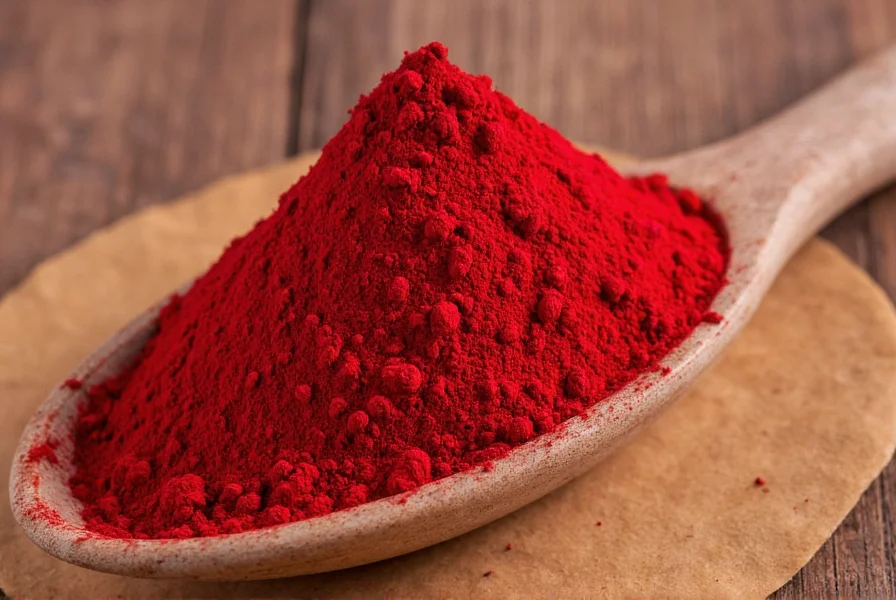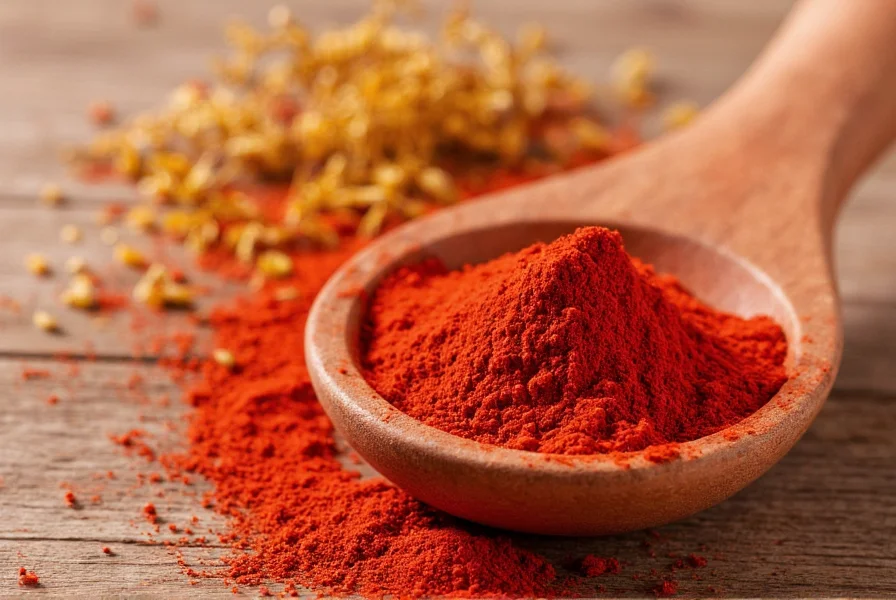Saffron powder represents one of the world's most valuable spices in its convenient ground form. Understanding its properties, applications, and quality indicators helps consumers make informed decisions when incorporating this luxurious ingredient into their cooking or wellness routines.
What Exactly Is Saffron Powder?
Saffron powder consists of finely ground saffron threads (stigmas) harvested from the Crocus sativus flower. Each flower produces only three delicate red stigmas, which must be hand-picked during a brief autumn blooming period. It takes approximately 75,000 flowers to yield just one pound of saffron threads, explaining its premium status among spices.
The powder form offers practical advantages for certain culinary applications where even distribution matters, though whole threads generally preserve flavor and color properties longer. When evaluating authentic saffron powder versus fake alternatives, consumers should examine color, aroma, and solubility characteristics.

Production Process of Premium Saffron Powder
Creating high-quality saffron powder involves meticulous steps:
- Harvesting: Stigmas are hand-picked at dawn when flowers are still closed
- Drying: Fresh stigmas undergo gentle dehydration to preserve compounds
- Sorting: Only deep red stigmas (not yellow styles) are selected for premium quality
- Grinding: Properly dried threads are ground to consistent powder using specialized equipment
Improper grinding techniques or inclusion of yellow styles significantly diminish quality. The best saffron powder for cooking applications maintains the characteristic compounds crocin (for color), picrocrocin (for flavor), and safranal (for aroma).
Culinary Applications and Usage Tips
Chefs worldwide prize saffron powder for its ability to transform dishes with both color and complex flavor. Unlike whole threads, the powdered form disperses more evenly in liquids, making it ideal for:
- Rice dishes like paella and biryani
- Sauces and soups requiring uniform coloration
- Baked goods where thread distribution would be uneven
- Infused oils and butters
| Application | Recommended Amount | Preparation Method |
|---|---|---|
| Rice dishes (4 servings) | 15-20mg (⅛ tsp) | Bloom in 2 tbsp warm liquid before adding |
| Soups & stews (6 servings) | 20-30mg (3/16 tsp) | Whisk directly into base liquid |
| Baked goods (1 loaf) | 10-15mg (1/16 tsp) | Mix with dry ingredients |
Excessive heat destroys saffron's delicate compounds, so adding powder toward the end of cooking preserves maximum flavor. For best saffron powder recipes, combine with warm (not boiling) liquids to activate flavor compounds without degradation.
Identifying Genuine Saffron Powder
Adulteration remains common in the saffron market. Consumers seeking how to test saffron powder quality should perform these simple checks:
- Water test: Genuine saffron gradually releases golden-yellow color; immediate red coloring indicates artificial dyes
- Smell test: Authentic powder has honey-like, hay-like aroma with subtle earthiness
- Taste test: Should have bitter-honey flavor followed by slight metallic note
- Texture: Fine, uniform powder without visible fiber fragments
Premium saffron powder maintains deep red-orange hue rather than bright red (indicating dyes) or dull brown (indicating age or poor quality). The most reliable saffron powder brands typically provide ISO certification and origin documentation.
Proper Storage for Maximum Shelf Life
Saffron powder degrades faster than whole threads due to increased surface area. To preserve quality:
- Store in airtight container away from light
- Maintain cool temperatures (below 77°F/25°C)
- Use within 6 months for optimal flavor (vs 2 years for whole threads)
- Consider refrigeration in humid climates
Freezing saffron powder can extend shelf life but risks moisture absorption upon thawing. Always return containers to room temperature before opening to prevent condensation.
Evidence-Based Health Considerations
Research suggests saffron contains compounds with potential health benefits, though saffron powder medicinal uses require careful consideration:
- Studies indicate possible mood support properties through serotonin modulation
- Antioxidant compounds may support cellular health
- Preliminary research suggests potential eye health benefits
- Traditional medicine applications exist but require scientific validation
Consumers should understand that therapeutic saffron powder dosage for health purposes typically exceeds culinary amounts and should be discussed with healthcare providers. The FDA does not approve saffron as a treatment for any medical condition.

Avoiding Common Substitutes and Adulterants
The high cost of genuine saffron leads to frequent substitution with inferior products. Common adulterants include:
- Marigold petals (calendula) - provides color but lacks authentic flavor
- Red beet powder - creates immediate red color but no saffron aroma
- Meadow saffron (colchicum) - potentially toxic substitute
- Artificial dyes with filler substances
When purchasing pure saffron powder without additives, look for products labeled with ISO 3632 certification, which verifies color strength (coloring power), flavor, and aroma quality through laboratory testing.
Practical Considerations for Home Use
While convenient, saffron powder presents different considerations than whole threads:
- More economical for dishes requiring even distribution
- Less shelf-stable than whole threads
- Higher risk of adulteration
- Easier to measure precisely for recipes
- Requires careful storage to maintain potency
For cooking with saffron powder effectively, always bloom the powder in warm liquid before adding to dishes. This activates the flavor compounds and ensures even distribution throughout the final product.
Frequently Asked Questions
What's the difference between saffron threads and saffron powder?
Saffron threads are the whole dried stigmas of the crocus flower, while saffron powder is ground threads. Threads maintain flavor and color longer (up to 2 years when stored properly), while powder offers more even distribution in dishes but degrades faster (6-12 months). Powder is more susceptible to adulteration.
How can I verify if my saffron powder is authentic?
Perform the water test: place a small amount in warm water. Genuine saffron gradually releases golden-yellow color over 15-20 minutes. Immediate red coloring indicates artificial dyes. Authentic saffron should have a distinctive honey-like, hay-like aroma and slightly bitter taste followed by metallic notes.
What is the proper substitution ratio for saffron powder?
Use approximately 75% of the amount when substituting powder for threads. For example, if a recipe calls for 20 threads (about 0.1g), use 15mg (roughly ⅛ teaspoon) of powder. Always bloom saffron powder in warm liquid before adding to dishes for optimal flavor release.
Does saffron powder have any health benefits?
Research suggests saffron contains antioxidants and compounds that may support mood and eye health. However, culinary amounts provide minimal therapeutic benefit. Studies using potential health benefits typically employ concentrated extracts at doses far exceeding normal culinary use. Consult healthcare providers before using saffron for health purposes.
Why is saffron powder so expensive compared to other spices?
Saffron's high cost stems from labor-intensive harvesting (each flower produces only three stigmas, hand-picked at dawn) and low yield (approximately 75,000 flowers needed for one pound of saffron). The entire process from cultivation to processing requires significant manual labor with a narrow harvesting window, making it the world's most expensive spice by weight.











 浙公网安备
33010002000092号
浙公网安备
33010002000092号 浙B2-20120091-4
浙B2-20120091-4